October 29, 2025
Data Shows Endangered Palau Ground Doves Swiftly Recovering After Successful Palauan Island Conservation Effort
Astounding evidence of recovery on Ulong Island in Palau after just one year!
Published on
September 12, 2019
Written by
Nicholas
Photo credit
Nicholas
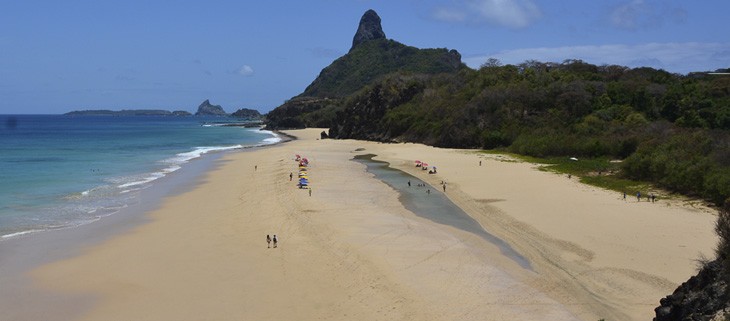
A wave of extinctions of endemic, island species has followed every human colonization event. Conservation biologist, James C. Russell, led a case study in the Fernando De Noronha Archipelago of Pernambuco, Brazil, to investigate the severity of the repercussions caused by invasive species.
The colonization of oceanic islands by humans led to the introduction of new species, many ultimately invasive.”
Blackburn et al., 2004

Fernando De Noronha is an archipelago consisting of its main island and 21 other islets. Since its discovery, the island has served many purposes but now remains a World Natural Heritage Site and federally managed environmental protection area. Despite these restrictions, the main island is inhabited by 4000 residents along with 1000 tourists at any given time, while the secondary islets consist of only the natural wildlife. The island’s surreal natural environment and insular marine life create a very fragile balance which is easily disrupted by human activity.
Historically, feral cats and rats have been the most widely introduced mammal species to islands.”
Doherty et al., 2016
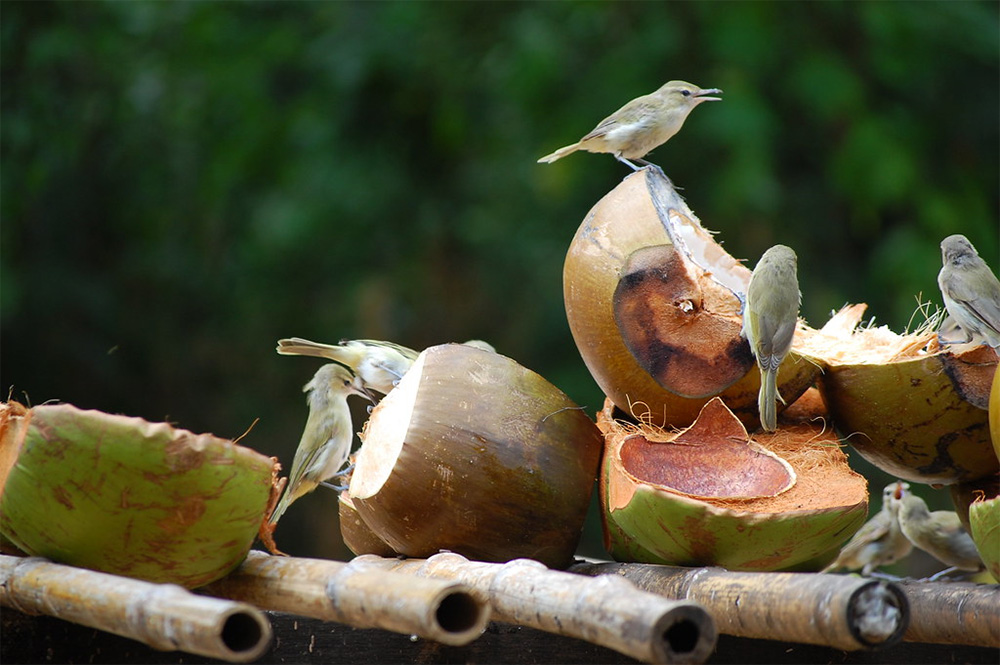
The main island is also the only part of the archipelago that supports the invasive cat population. Although the feral cats don’t serve as pets, they are highly integrated into and maintained by the local community, but their presence has devastated the seabird population of Fernando de Noronha.
The seabird population collapsed following human discovery of Fernando de Noronha and seabird breeding is now almost entirely restricted to small cat and rat-free secondary islets.”
Russell et al., 2018
While you would expect the feral cats to curb the rodent population, their presence on the island creates a “landscape of fear” in which the rats avoid all hours of the day of which their predators are out and about. The feral cats hunt for seabirds during the day while the invasive rats decimate come out at night, threatening seabirds and decimating native flora.
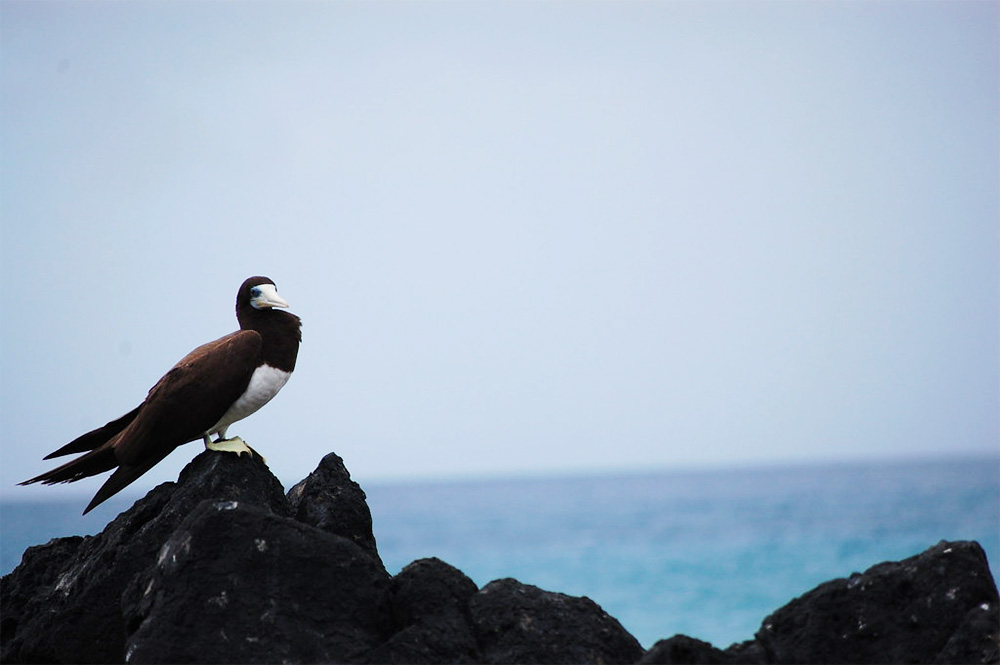
Removing these invasive species is necessary to reestablish the healthy seabird colonies of Fernando de Noronha. Around the world there have been more than 1200 invasive mammal removal projects, it is a proven tool for conservation and the recovery of native seabirds. In Fernando de Noronha, the various legal policies governing the archipelago are not set up for this kind of conservation.
Dr. Russell has determined an effective invasive species control program, needs to start with the community.
Empowering the local communities and stakeholders to value their unique island biodiversity and work together towards its protection.”
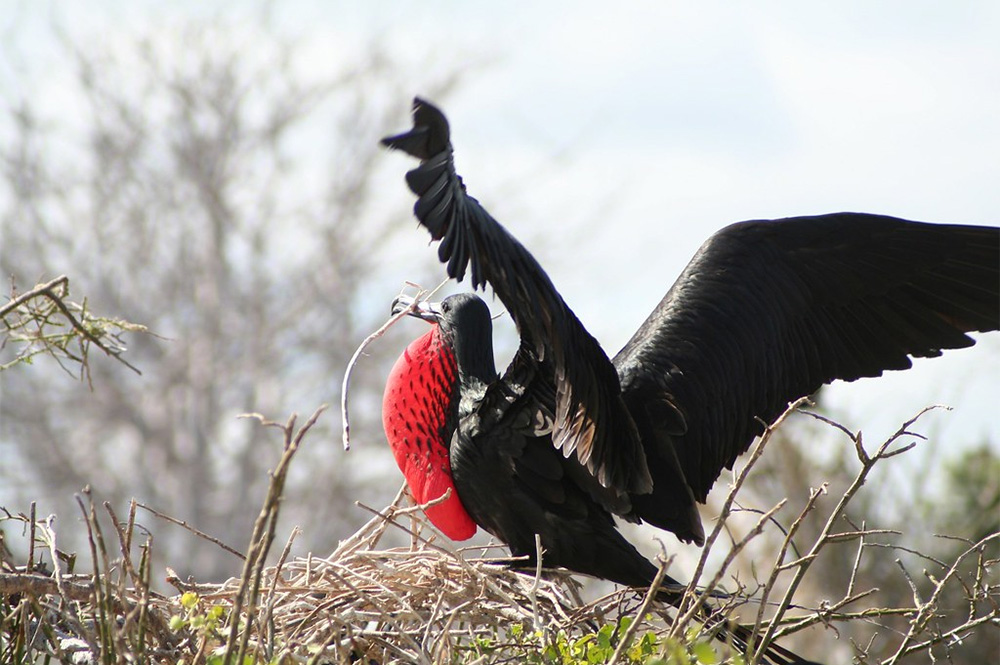
Educating the public and gathering their support, especially the lucrative number of tourists on the island, is the first and most necessary step to solving the epidemic. Only once the island inhabitants recognize and project our efforts, will the governing bodies of Fernando de Noronha consider an enforceable island management plan to prevent further extinctions.
Sources:
National Geographic
Russell, J. & Abrahão, C. & Silva, J. & Dias, R. (2018). Management of cats and rodents on inhabited islands: An overview and case study of Fernando de Noronha, Brazil. Retrieved from: Science Direct
Featured Image: Beach on an island in the Fernando de Noronha Archipelago. Credit: Rosanetur
Check out other journal entries we think you might be interested in.

October 29, 2025
Astounding evidence of recovery on Ulong Island in Palau after just one year!
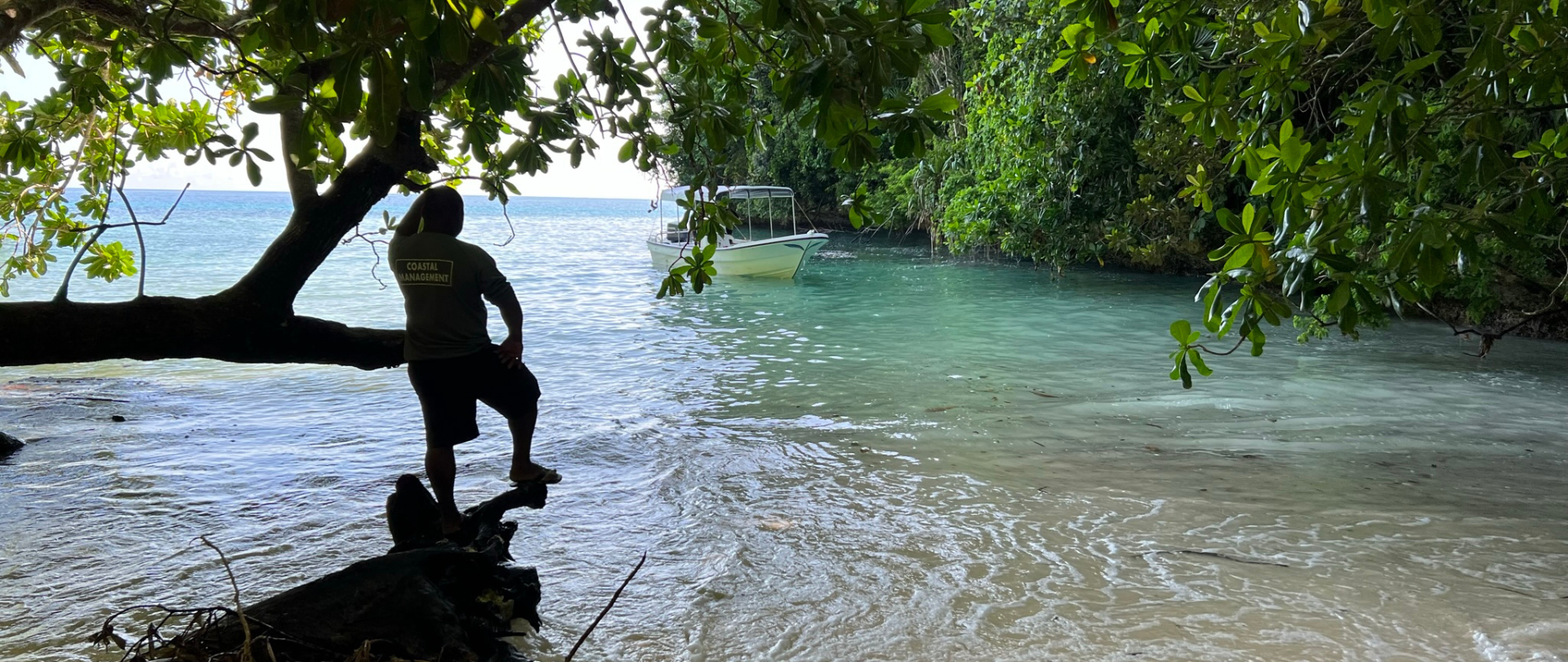
May 19, 2025
Read our position paper on The 3rd United Nations Ocean Conference (UNOC 3) to see why we're attending and what we aim to accomplish!
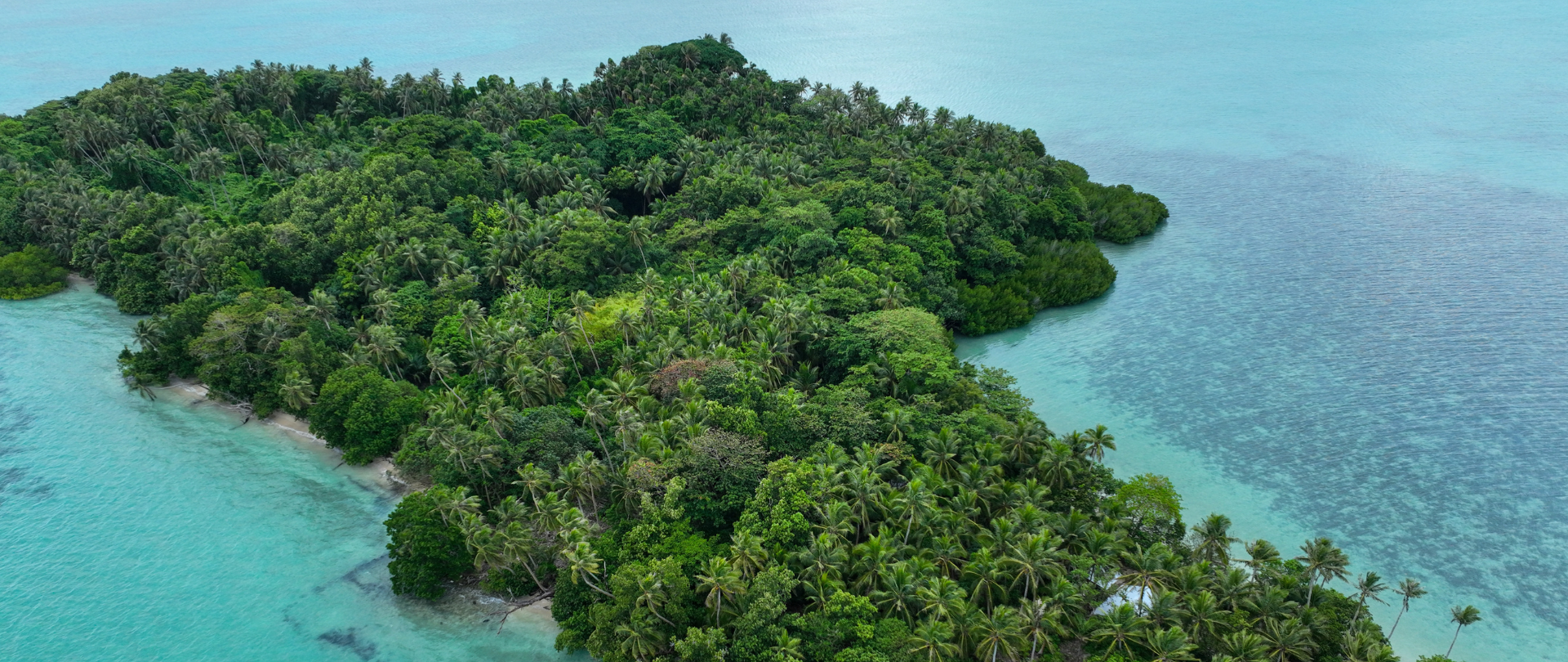
December 4, 2024
Ann Singeo, founder of our partner organization the Ebiil Society, shares her vision for a thriving Palau and a flourishing world of indigenous science!
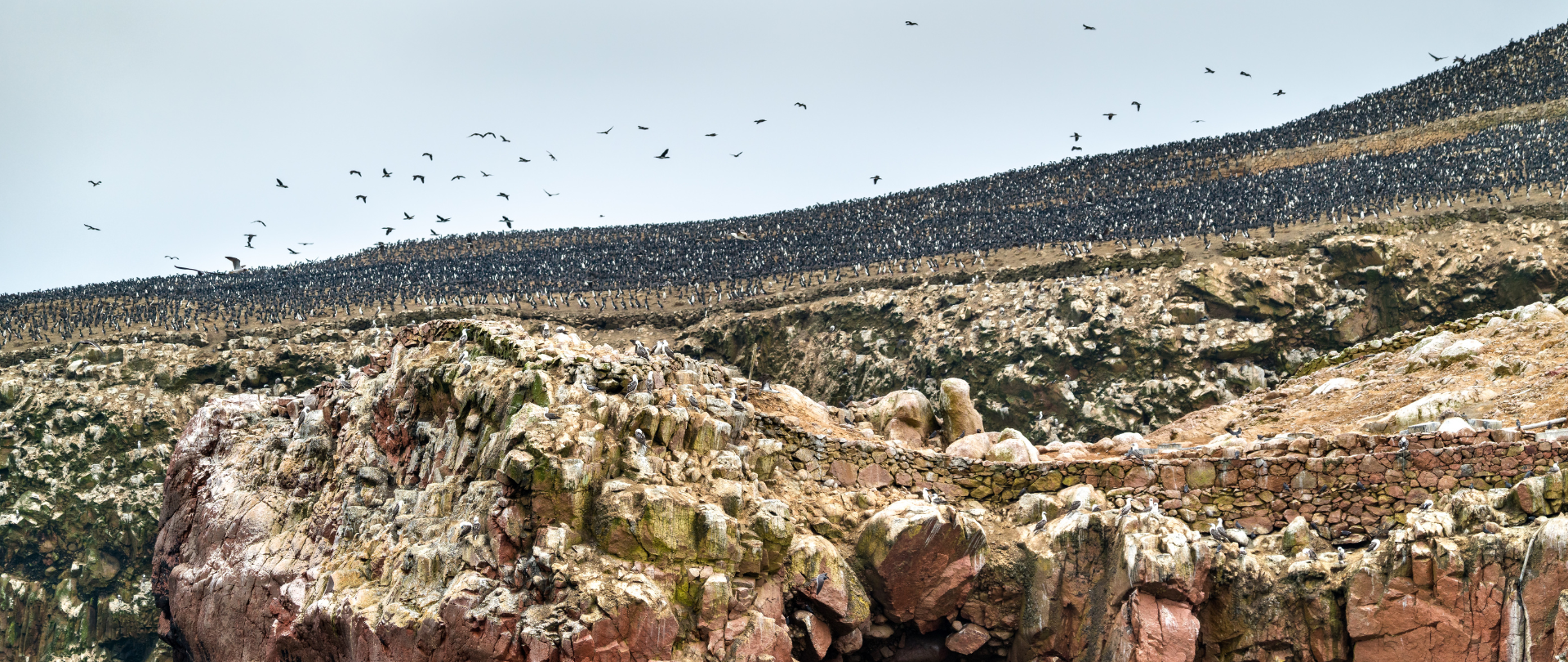
November 22, 2024
This historic agreement aims to protect the marine and coastal areas of the Southeast Pacific.
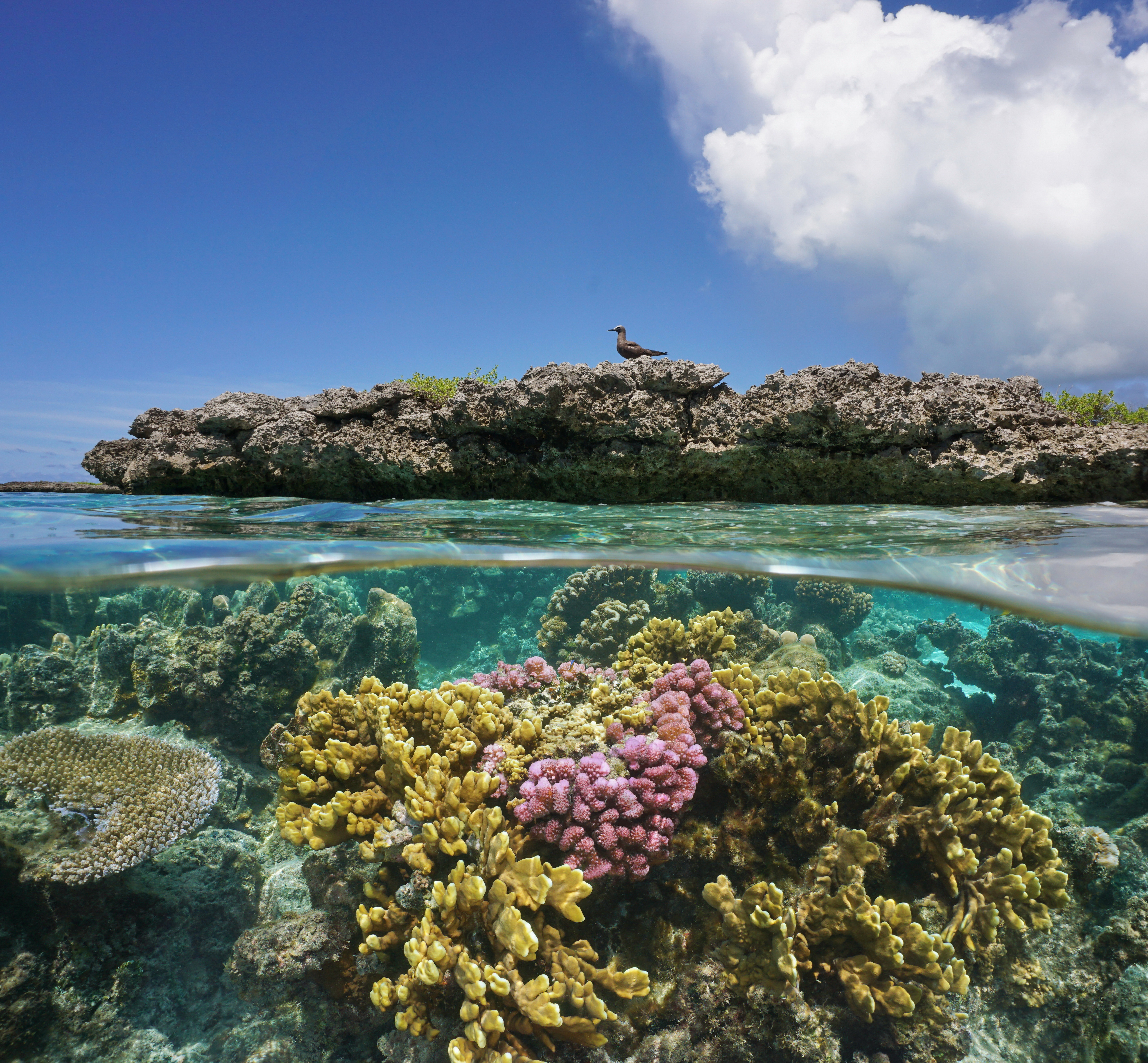
November 18, 2024
Our projects to restore key islets in Nukufetau Atoll forecast climate resilience and community benefits in Tuvalu!

October 3, 2024
Island Conservation and partners have published a new paper quantifying ecosystem resilience on restored islands!
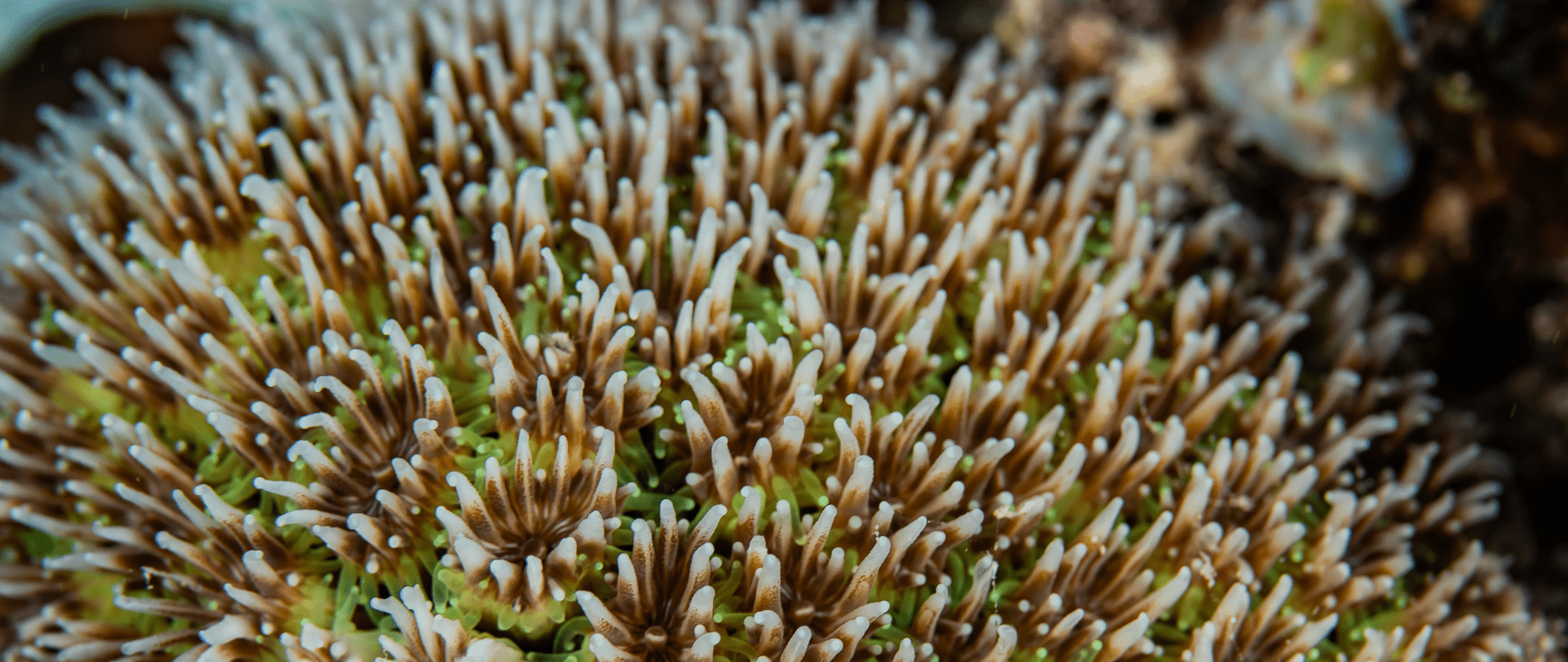
September 10, 2024
Climate Week NYC: what is it and why is it important? Read on to find out why Island Conservation is attending this amazing event!
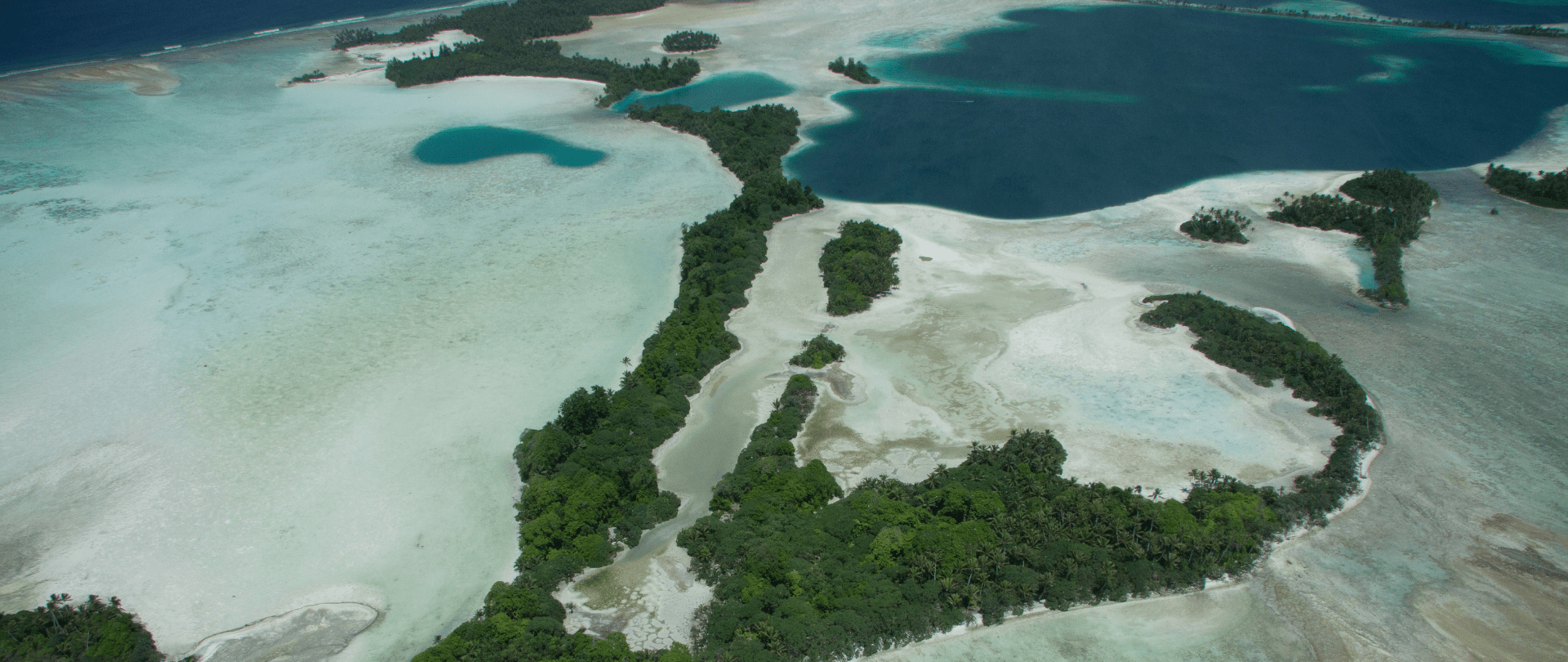
September 5, 2024
With sea levels on the rise, how are the coastlines of islands transforming? Read on to find out how dynamic islands really are!

December 14, 2023
Join us in celebrating the most amazing sights from around the world by checking out these fantastic conservation photos!
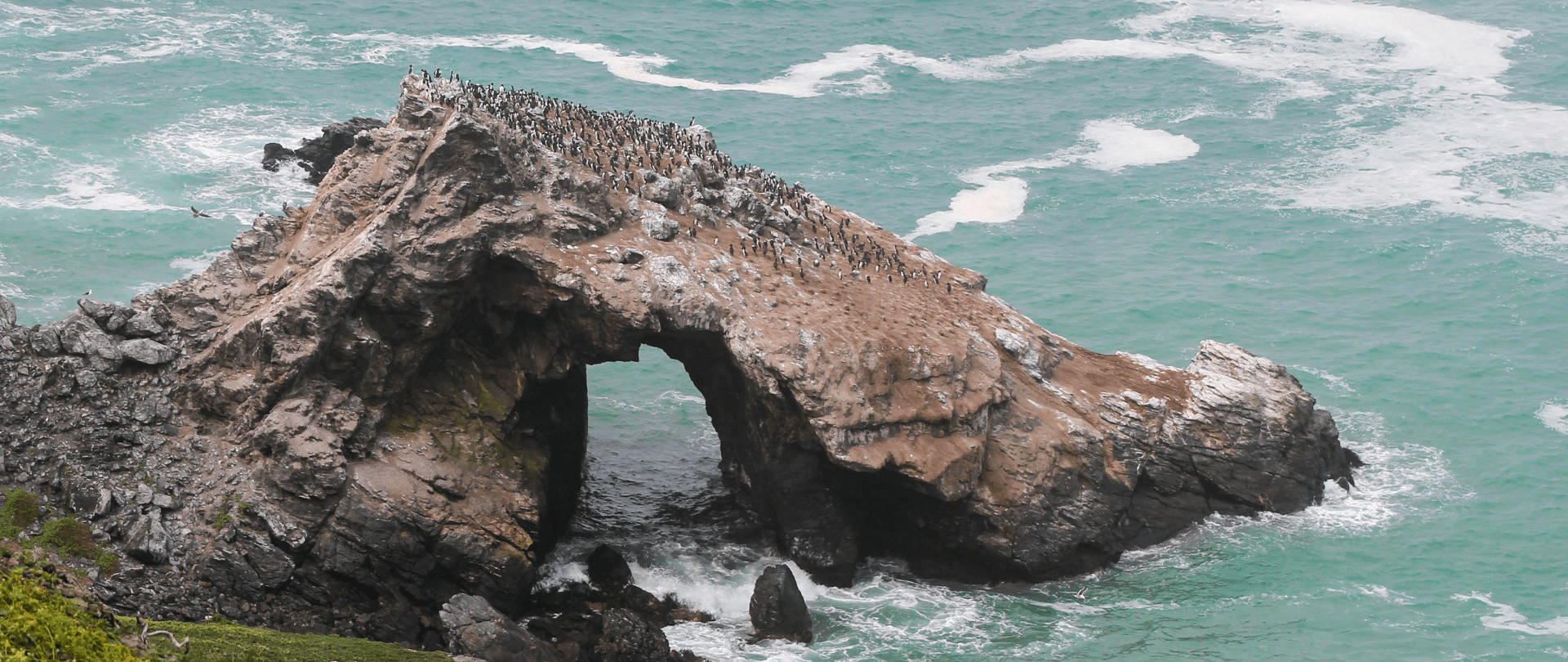
November 28, 2023
Rare will support the effort to restore island-ocean ecosystems by engaging the Coastal 500 network of local leaders in safeguarding biodiversity (Arlington, VA, USA) Today, international conservation organization Rare announced it has joined the Island-Ocean Connection Challenge (IOCC), a global effort to…